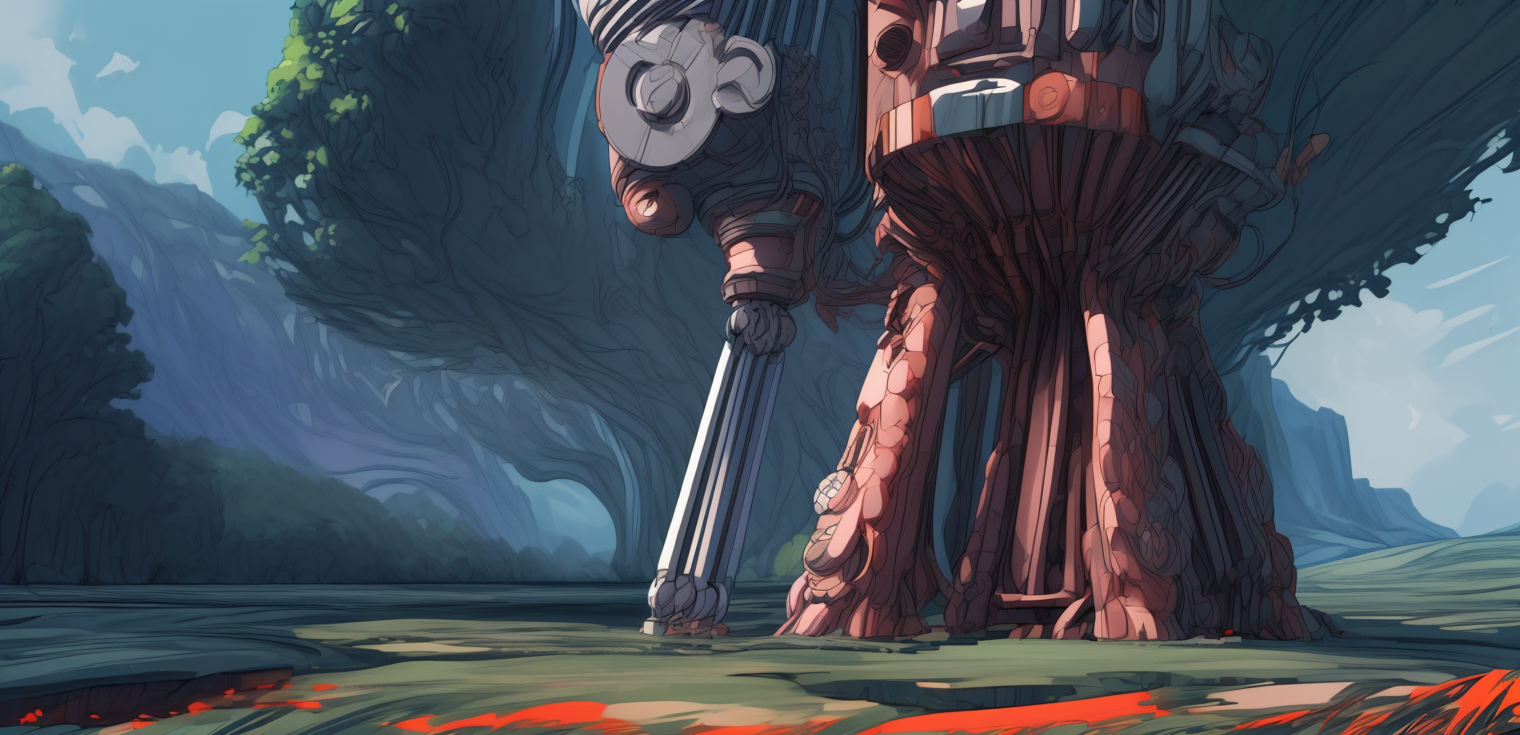
Building a ui for a generative ai app part 2
Introduction
This post focuses on the technical elements of the video creation based on txt2img technologies
The UI and Tech design
A lot fo different bricks were mixed in order to get the results presented in the previous section.
a) Working with Streamlit
Streamlit is a huge productivity boost when you don’t know enough about front-end.
I learned it a bit more in order to have an efficient UI
» The essentials to use Streamlit efficiently
> All UI widgets have a built-in shortcut
The key parameter is what you must use
import streamlit as st
script = st.text_area("Script",
key="story_container",
value="")
if "story_container" in st.session_state:
print(st.session_state["story_container"])
No need for complex callback code in order to retrieve the content of the textbox.
> Time consumming operations should be cached
You have two operators that can be used : st.cache_data for long function calls and st.cache_resource for models.
> Use higher-order functions for callback
When using streamlit, you will quickly want to add function calls to UI actions.
Like for this example.
#prompts = list(...)
for i in range(len(prompts)):
st.text_area(prompts[i], key=f"prompt_{i}", on_change=lambda x: image_gen(i))
The i value won’t be captured for all text_area creation. Only the last value will appear.
The correct way is to use a higher order function, like in the following example.
def build_gen(output_dir, index):
prompt_key = f"prompt_{index}"
image_key = f"image_{index}"
def image_gen():
prompt = st.session_state[prompt_key]
images = api.txt2img(prompt=f"{prompt}",
batch_size=1, width=768, height=768).images
st.session_state[image_key] = images[0]
return image_gen
By combining everything together, we get :
#prompts = list(...)
for i in range(len(prompts)):
fn = build_gen(output_dir, i)
st.text_area(prompts[i], key=f"prompt_{i}", on_change=fn)
if f"prompt_{i}" in st.session_state:
st.image(key=f"image_{i}")
» Additional UI tricks
> Save everything in states
On UI refresh, you might end up losing information about computed states. This can be a disaster if you spent 15 minutes, tuning and updating your app content.
Let’s see an example of how to make your app more stateful, given the first example seen.
if "story_container" in st.session_state:
script = st.session_state["story_container"]
else:
script = "Hello"
script = st.text_area("Script",
key="story_container",
value=script)
For multiple pages app, this can allow to transfer the infors.
> Save part of the state in config
While developping, you will often encounter situation where you broke part of your app.
If some ops are time consuming, I would advise to keep the part of state in a config file.
for ... in results:
config.append((i, speaker, who, n_speech, f"{output_dir}/image_{i}.jpg", f"{output_dir}/audio_{i}.wav"))
json.dump(config, open("...", "w"))
What do I save in this case. I may have changed the speak or the content of the speak for specific part of the dialogue. Thus I avoid doing the recomputation if I get an error somewhere.
b) Tricks around Stable Diffusion
» Stable diffusion webui api
The stable diffusion web ui project offers a backend in order to control everything about the Stable diffusion model.
This was a key element in order to easily control things like models selection and generation parameter through a WebClient.
api = webuiapi.WebUIApi(host='127.0.0.1', port=7860)
options = dict()
options['sd_model_checkpoint']
api.set_options(options)
images = api.txt2img(prompt=self.prompt, negative_prompt="bad quality",
batch_size=N_GENERATION_ROUNDS).images
Using the SD web ui api offers more than a wrapper. A lot of prompt helpers are also available.
For a prompt like this one,
(high quality), landscape, <lora:add_detail:1>
we have the () operator helping to have a focus on a characteristic and the Lora loader that enable using finetuning to be specific results without changing the base model.
This could be used to have a character consistency with a trained Lora.
» Character consistency
Character consistency is not really a feature implemented in the base Stable diffusion model.
However, celebrities are generated with their identity preserved.
This capability can be abused to have consitent character without having celebrities squatting you generations :
[Robin Johansen | Rosalie Perkov] as a 31 year old male , fit, blue, outfit, smiling, 1man
The main idea is to generate a mix of two celebrities and force the model to generate it as the opposite sex to remove our ability to recognize the new character.
How is it accomplished ?
[x | y] is another capability of the api, where the guidance of the diffusion process alternates between x and y at each step.
The other element is to have a database of ccelebrities with their associated gender. Something rellatively simple to get with a db like LFW or CelebA
» Using larger model like SDXL and DeepFloyd IF
Given the limitations seen in sections 1, it is interesting to ask our selves if some model could perform better.
Today, there is mainly 3 models possible :
- Stable diffusion 1.5 : very popular because it can be easily finetuned
- Stable diffusion 2.1 : high reolution by default, but came out later, so less support from community
- DeepFloyd IF : good at text, respect the prompt, BUT you need a 24gb GPU to run the full pipeline
- Stable diffusion XL : high quality, larger memory footprint and inference time, community models development ongoing
So currently, using a 1.5 model can still hold in term of quality given a compute budget. Especially given some Lora like <add detail> are great at improving the model with close to no cost.
But we can expect that a new generation of SDXL model will take over.